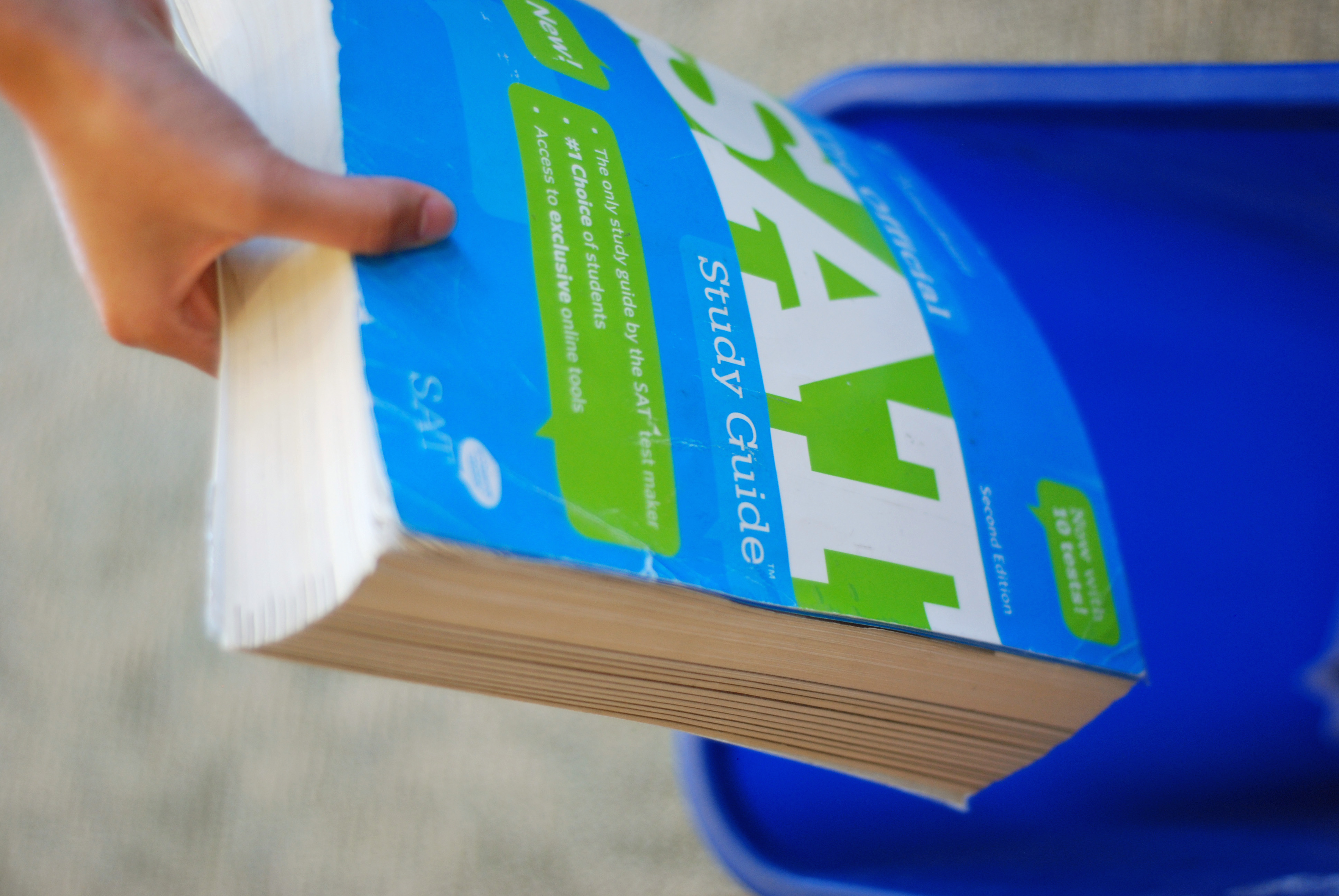College Board will release the redesigned SAT on March 5, 2016 to high school students across the globe.
Over a million high school students each year take the SAT exam, which is owned by the nonprofit organization College Board. Controversies concerning the test’s accuracy in assessing a student, and claims of bias have discouraged many students from taking the SAT leading the College Board President David Coleman to make changes aimed to put the test back on track.
Other big changes include the optional essay section that reverts the test back to a 1600-point scale, has no penalty for wrong answers, and no obscure vocabulary words students will need to memorize.
During an interview with Mr. Sal Khan, founder of Khan Academy, Coleman said that he wanted to address the unfairness and fraudulence involved with the SAT. “The College Board is announcing a broader and renewed commitment to delivering opportunity,” said Coleman. “But also, [we] dare to take seriously the corruptions that have risen around the exam process. What I mean is the perception that costly test preparation has made the ground uneven.”
This “renewed commitment to delivering opportunity” involves free, personalized testing for the new SAT exam offered on Khan Academy, which partnered with College Board in June of 2015. The idea is to level the playing field between students of different financial backgrounds and make the assessment one that truly measures the innate intelligence of students, not their ability to use quick tricks and shortcuts.
The redesigned SAT has been regularly compared to its rival exam, the American College Testing (ACT). According to time.com, the new SAT no longer has sentence completion questions within the reading section (the ones that require vocabulary memorization), which means that students need to learn fewer vocabulary words. Many SAT tutors recommend that students use ACT vocabulary lists to study for the new SAT. As stated by a PrepScholar blog, students of the new SAT reading section are offered 65 minutes for 52 questions versus the ACT’s 35 minutes for forty questions.
The math section of the new SAT is filled with more complex math puzzles, as opposed to the more straightforward ACT problems, but SAT students will be given eighty minutes for 52 questions versus the ACT’s sixty minutes for 60 questions. Data interpretation questions will be a small part of the SAT, but the ACT includes a full science section.
The writing sections of the two tests are similar, focusing on applying contextual information. The new SAT, however, gives students 35 minutes for 44 questions, while the ACT allows an additional ten minutes for 75 questions. The optional essay will have standardized prompts which students will know beforehand and include data which students must use to support their points.
Niles Breuer ’16 says that the new SAT loses its purpose by changing to be more like the ACT.
“The ACT is meant to be a test for knowledge, while the SAT is meant as a test for how well an individual can reason and think,” said Breuer.
Happy with his own experience taking the “old” SAT, Breuer says he believes his score will be more meaningful in the college process.
“The [SAT] test is not meant to be easy. Nothing is gained by lowering standards. Instead, the scores becoming less useful in determining aptitude for entering college,” he said.
Although Sara Hockett ‘17 says she is relieved at the lack of a science section in the new SAT, she doesn’t plan on taking it this year.
“I like the ACT better,” Hockett said. “I’m not going to take the SAT this year because it’s not tried and true yet.”
(Mahika Kudlugi ’18, Staff Writer)

